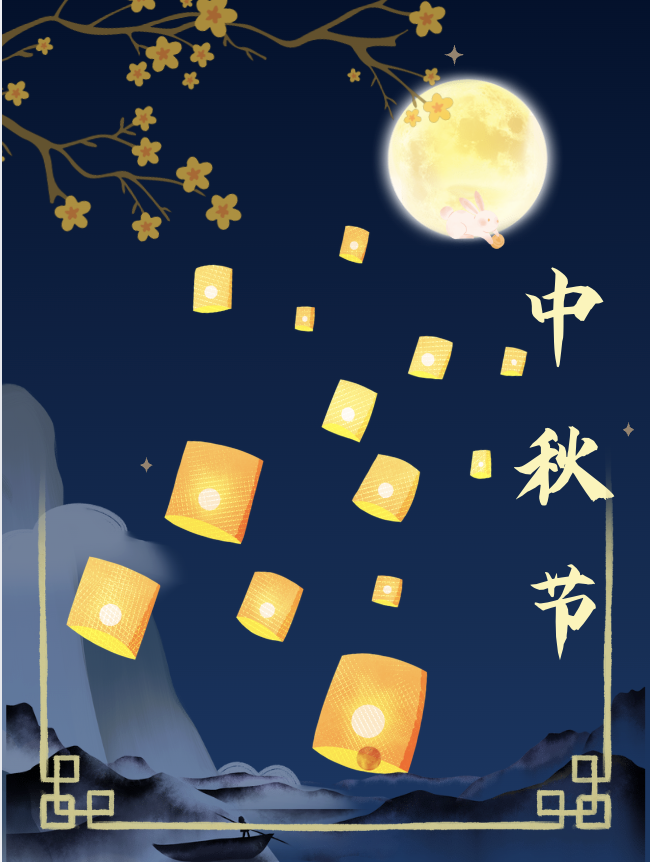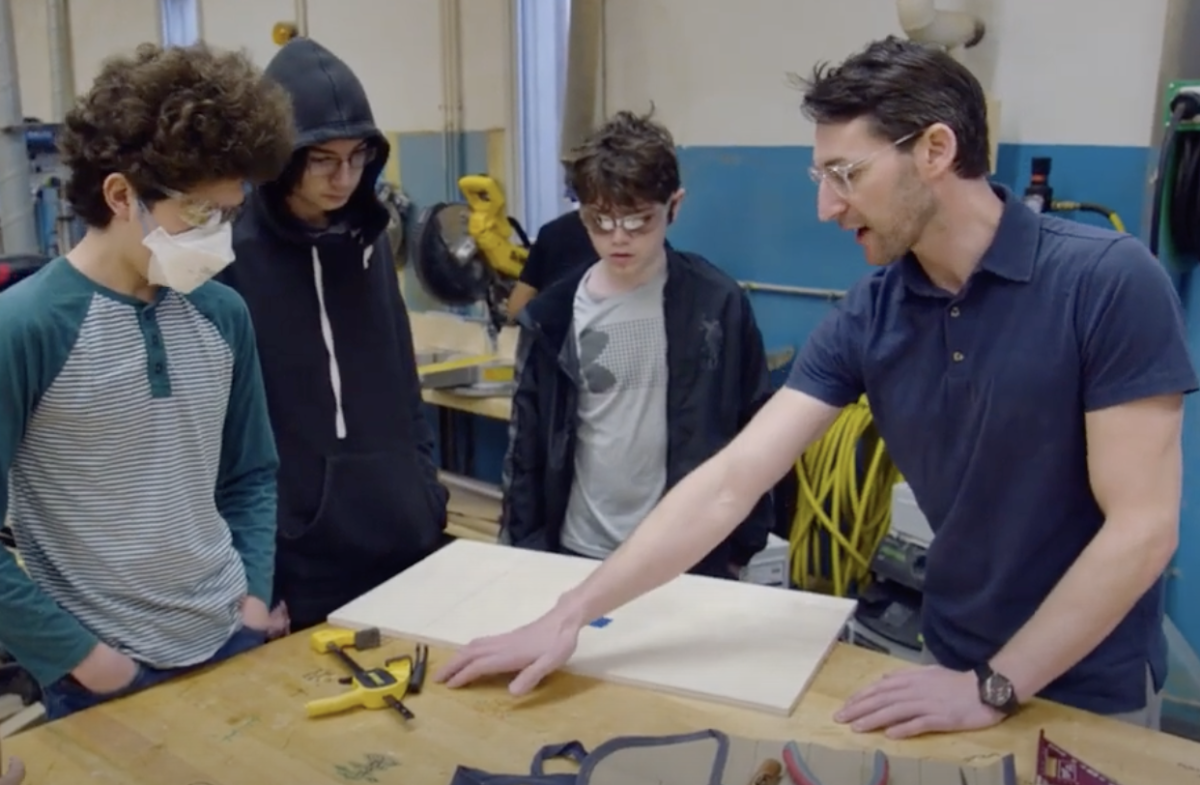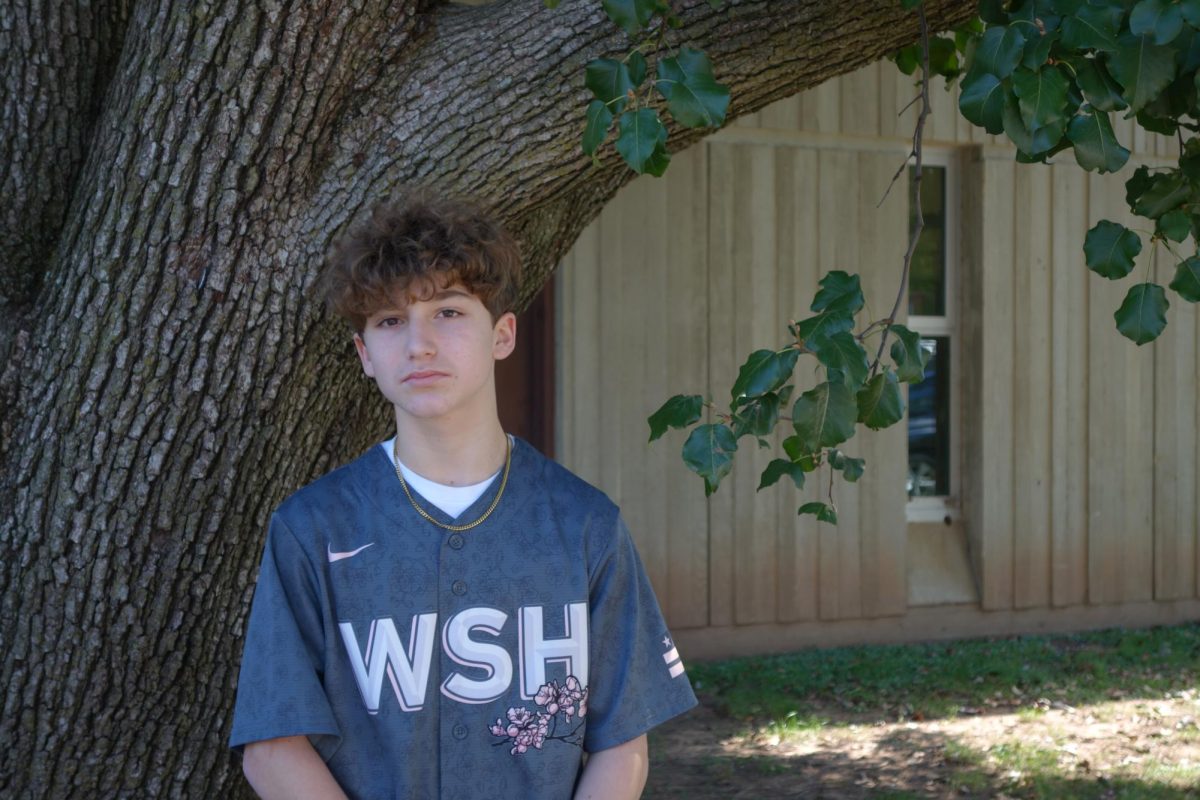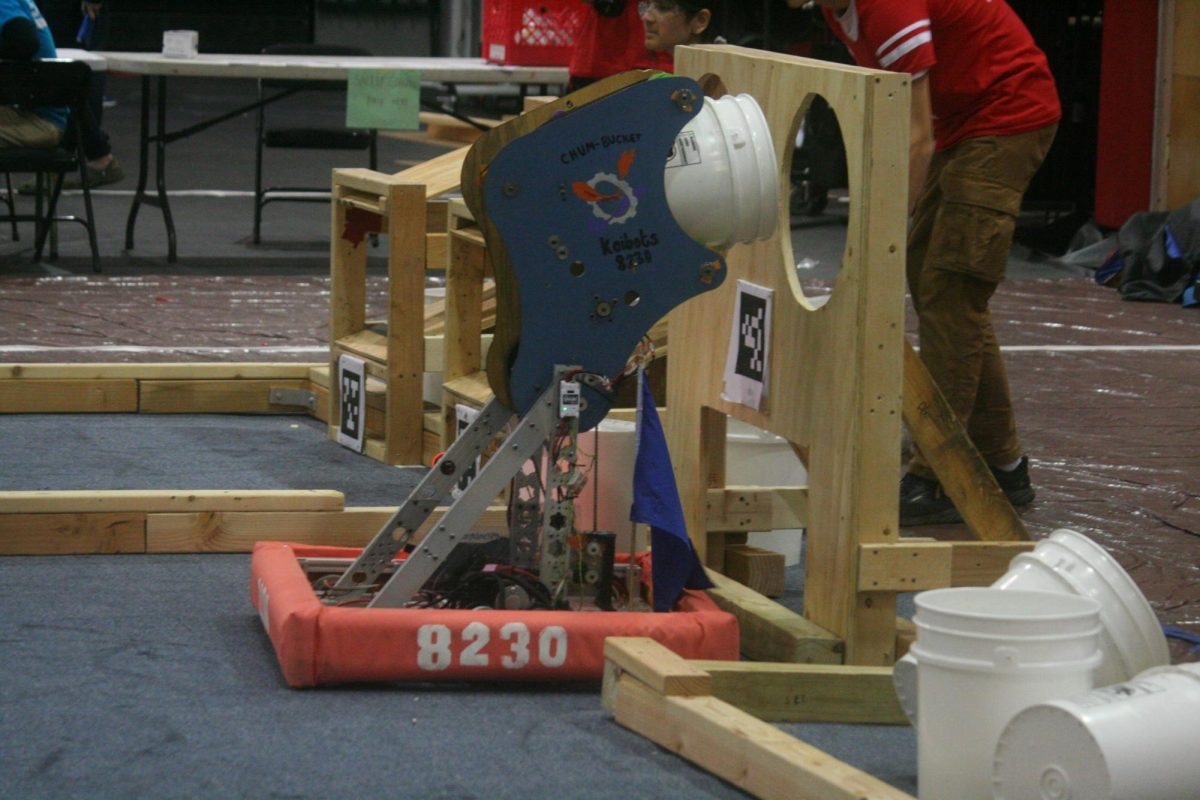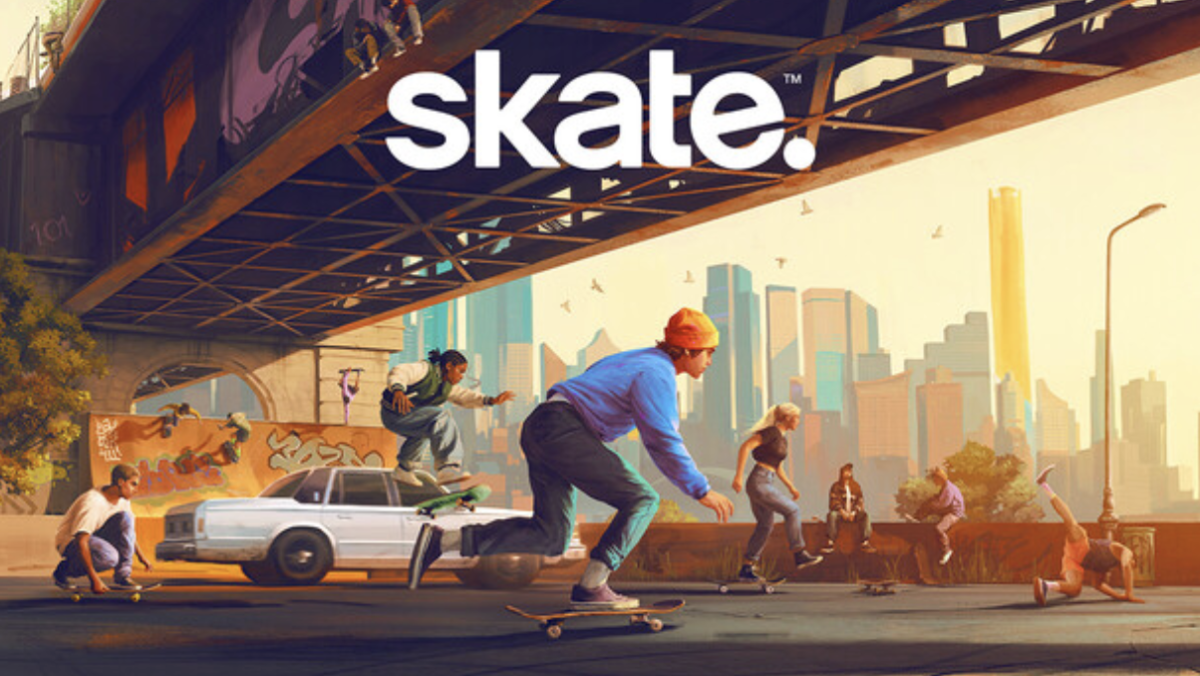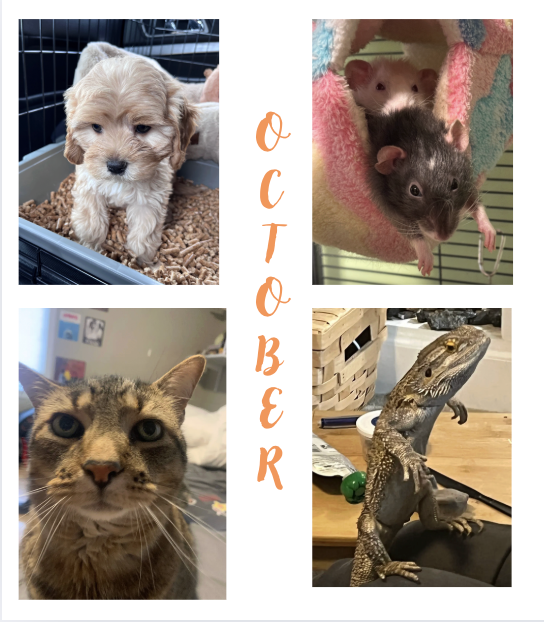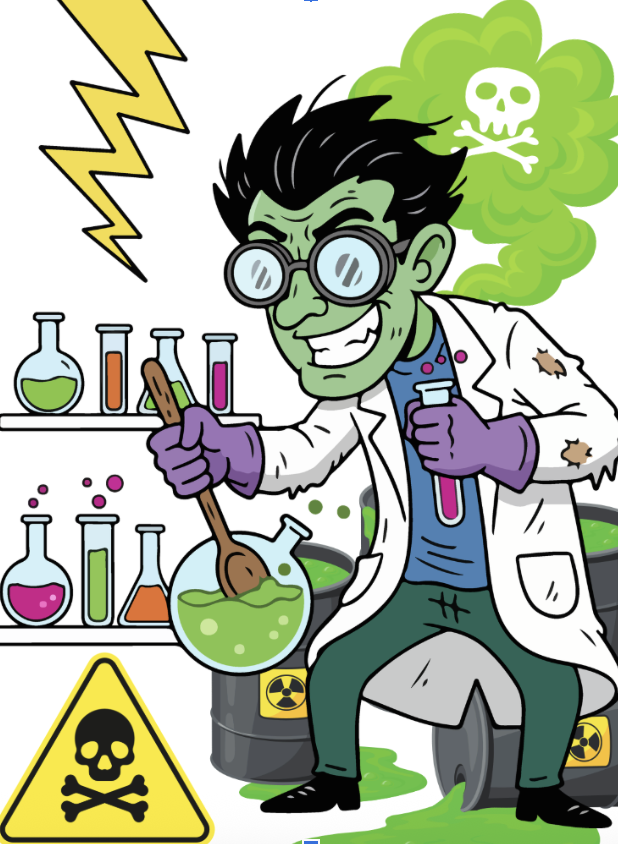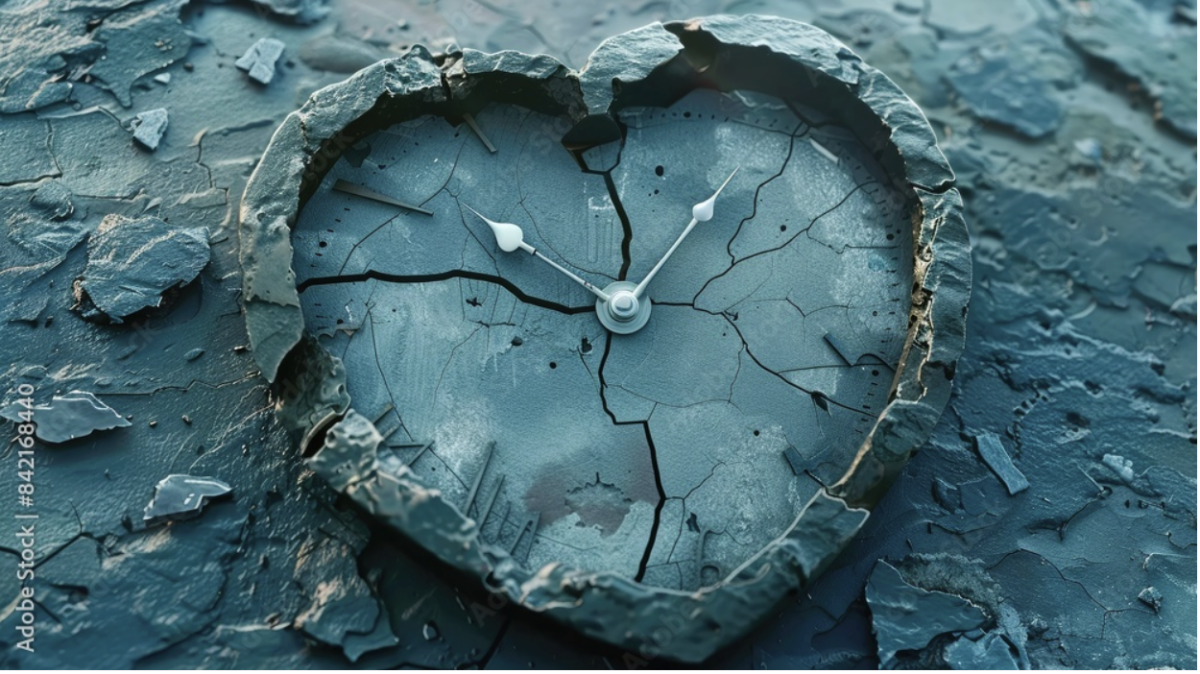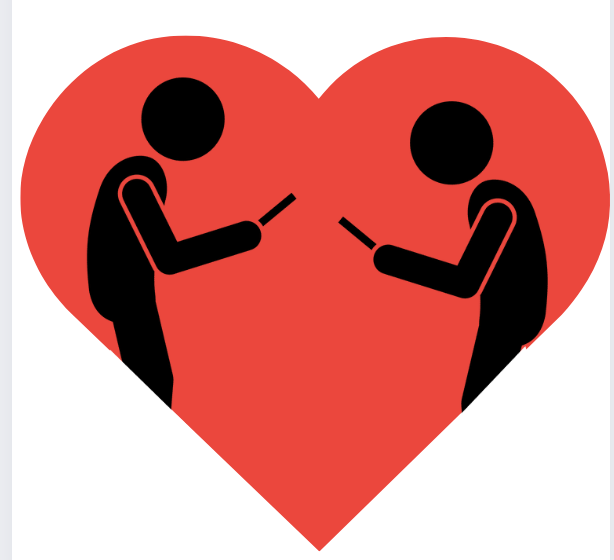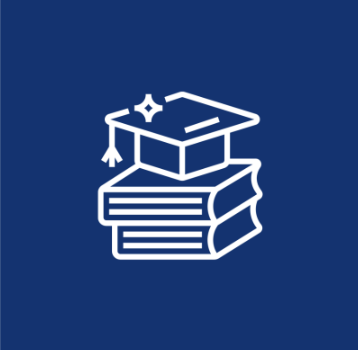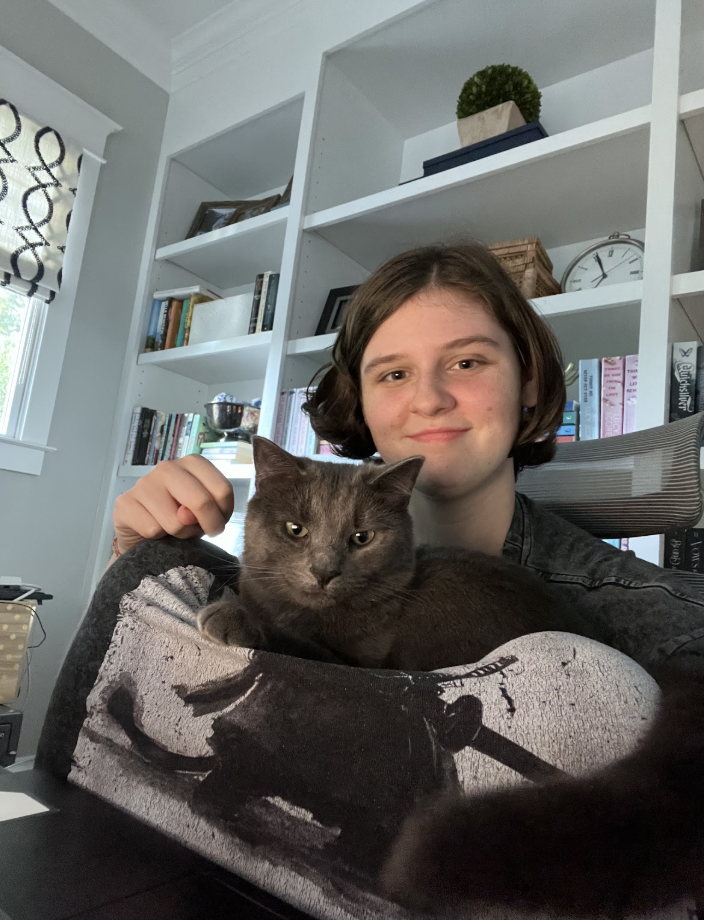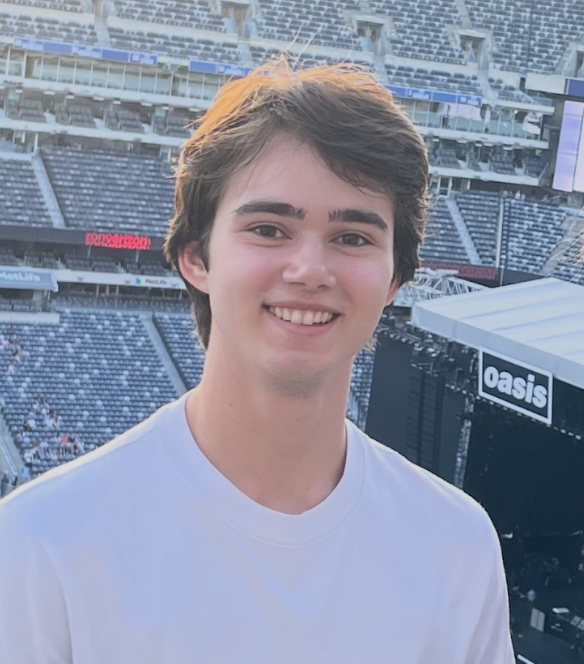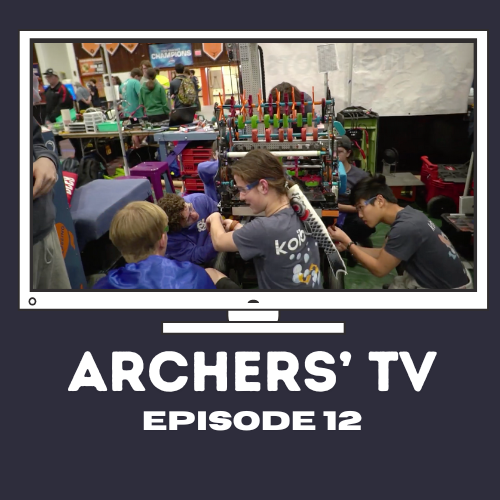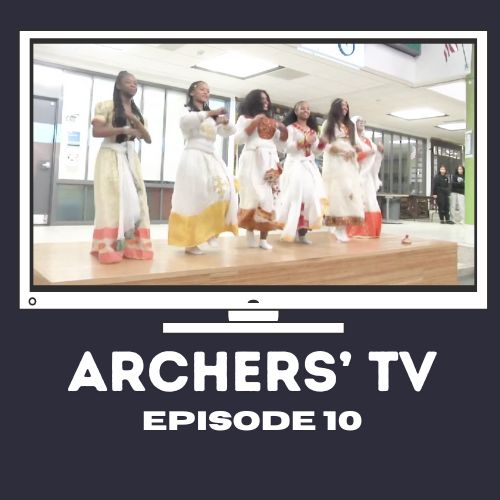Bernedoodle, Gerberian Shepsky, Jack-A-Ranian, Peekapoo, all of these humorous sounding names are all real dogs. They are all selectively bred from crossbreeding two different breeds. Many students and teachers here at the Career Center have dogs as a part of their family or learn about them with the Animal Science program. With so many pet lovers here, selective breeding is something that we should bring attention to.
Breeding Basics
Selective breeding is the process of picking animals that have specific traits that humans find desirable or attractive. It can happen in a variety of ways, such as inbreeding, line-breeding, crossbreeding, genetic engineering or even killing off the animals without favorable features.
Inbreeding happens because two animals with the same favorable traits are more likely to be related. Although the offspring are almost guaranteed to have the same traits, it also makes them more susceptible to health problems. Due to the lack of different genes and the higher chance of genetic illness, the purebred offspring is more likely to die.
Line-breeding is the less risky version of inbreeding. While still keeping the desired traits, it lessens the risks because of the parents not being that closely related to the other. While inbreeding might be between cousins or even siblings, line-breeding is between half-siblings or more distantly related cousins.
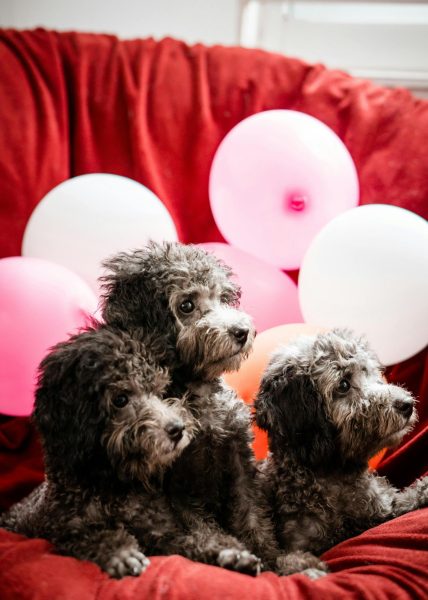
Crossbreeding is the opposite of the two above. Instead of trying to keep some traits within the line, it’s breeding two unrelated animals. It is exactly as it sounds, crossing two different breeds together. Many breeders still consider it breeding, because two breeds may create a specific favorable trait. Although this can lead to inbreeding between the crossbreed, it doesn’t carry the same risks as inbreeding or linebreeding.
Culling of animals is not always killing them off. It can happen in any number of ways, but the main goal is always to keep those “unlikeable” traits from being passed down to any offspring. It can be by putting them down, or spaying or neutering them.
Sized to Order
Quite popular among dogs is being bred for a drastic size difference, on both sides. The poodle is a good example for having many different variations that become increasingly smaller. Standard, Medium, Miniature, Toy, and Teacup, although Teacup Poodles are not officially recognized. These measurements are taken from the Federation Cynologique International (FCI) standard that only recognizes four variations of poodles. Starting at the largest is the Standard Poodle, roughly eighteen to twenty four inches in height. The next in order is the Medium Poodle, around fourteen to eighteen inches. The Miniature Poodle is eleven to fourteen inches tall, and the Toy Poodle is eight to ten inches. Those are the four officially recognized variations of poodles, however there are seven total variations on the market. The smallest of the poodles is less than 9 inches tall, and is known as either Teacup, Micro or Pocket Poodles. Due to the unnaturally small size of these dogs they also have health problems, more commonly dislocating kneecaps, difficulty staying warm and valvular heart diseases.
Similarly, unnaturally big dogs also have similar issues. Great Danes are around 28-32 inches tall and tower over other dogs and sometimes even people. However, they only live an average of 8-10 years due to the numerous health problems that come with their massive size. Great Danes quite commonly get bloated, cardiomyopathy, and joint and bone diseases. While bloating may not seem like a big issue, if it gets too serious it could eventually cut off blood from flowing. Cardiomyopathy is a disease the heart muscle gets, that leads to the heart getting larger. Joint and bone diseases eventually lead to arthritis that require dogs to chew some kind of supplement to relieve pain.
Other Risks to Watch For
Bernedoodle, Gerberian Shepsky, Jack-A-Ranian, Pekapoo, these are all crossbreeds from vastly different dogs. Unfortunately, their interesting names also come with numerous health problems and issues. Bernedoodles: a cross between Bernese Mountain Dogs and Poodles, are known for eye problems and dysplasia. Gerberian Shepsky: from German Shepherds and Siberian Huskies are degenerative myelopathy and joint dysplasia. The hybrid from Jack Russell Terrier and a Pomeranian, a Jack-A-Ranian is known for deafness and Legg-Calvé-Perthes disease. Peekapoos, the cross between Pekingese and a Poodle, is known for luxating patella, cataracts and hip dysplasia.
Some of the more common traits dogs are bred for are a flat face, low hanging eyelids, and size. The flat face or wrinkled face that most pugs and bulldogs are known for are a highly likable trait for dogs. Around 22 breeds of dogs are brachycephalic breeds, meaning they all have flat faces. While humans find them to be adorable, they significantly impact the dog’s life. Due to their shortened air passages, brachycephalic breeds often have breathing problems, leading to a generally shorter lifespan.
The low hanging eyelids present in 15 breeds of dogs are mostly selected because people like the droopy, gentle, almost sleepy look it gives their eyes. Basset hounds and bloodhounds have very exaggerated droopy eyelids that almost guarantee an eye issue throughout their life. The droopy eyelids, officially known as ectropion, leads to dry eyes, irritation and frequent infections.
Conclusion
Selective breeding has allowed us to create some fascinating dog breeds, but it also brings health concerns. It’s a great advantage to choose a dog for specific physical traits, such as size, appearance, or personality, but it’s important to know the long-term health of the animals. Do you have a special breed dog? If so, do any of these risks sound familiar to you?
Sources:
Hirst, Mark. “The Selective Breeding of Dogs.” Open Learning, March 1, 2024. https://www.open.edu/openlearn/science-maths-technology/science/biology/the-selective-breeding-dogs.
Admin. “ Selective Breeding Problems.” PBS, September 16, 2010. https://www.pbs.org/wnet/nature/dogs-that-changed-the-world-selective-breeding-problems/1281/.
“Selective Breeding May Have Impacted Cats’ Ability to Communicate via the Face.” CABI News, January 14, 2021. https://www.cabidigitallibrary.org/do/10.5555/collection-news-12956/.
Nelson, Katy. “Dog Breeds That Suffer from Eyelid Problems.” PetMD, November 6, 2017. https://www.petmd.com/dog/general-health/dog-breeds-suffer-eyelid-problems.
Aaradhya, R. “Classifying Different Types of Poodles, an Overview.” Classifying Different Types of Poodles, an Overview, September 15, 2015. https://pethelpful.com/dogs/Types-of-Poodle-Dog-Breed-Information.
Burke, Anna. “Great Dane Life Span & Health Issues.” American Kennel Club, July 27, 2020. https://www.akc.org/expert-advice/health/great-dane-life-span/#:~:text=For%20such%20big%20dogs%2C%20Great,long%2C%20this%20hardly%20seems%20fair.













